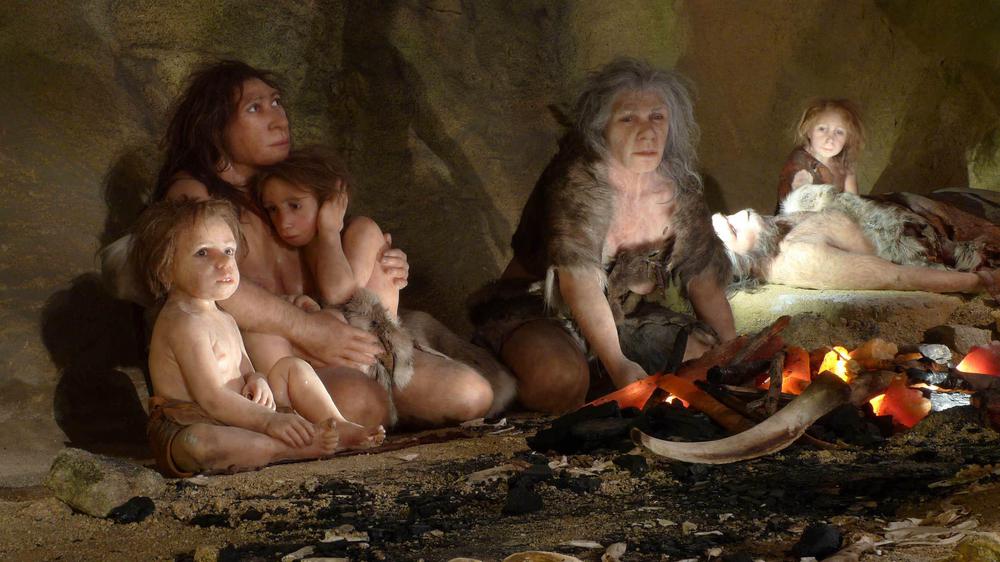Georgia, with its rich history and culture, has been a focal point for numerous archaeological and heritage restoration projects, essential for preserving the nation's unique historical identity and offering insights into its past civilizations.
Dmanisi Fortress Study: A Glimpse into Resilience
One notable project in Georgian archaeology is the detailed study of Dmanisi Gora's fortress in the Kvemo Kartli region, led by Cranfield University. This project aims to understand the resilience of communities during the transition from the Bronze to the Iron Age around 1200 BC. The site features a compact defensive core with two defensive walls enclosing 3.7 acres and a larger area of 138.3 acres with stone features. This study is significant for understanding why the Caucasus region, including present-day Georgia, showed resilience during periods of turmoil experienced by neighboring regions.
Castle Restoration: Preserving Architectural Marvels
Restoration of castles is another critical aspect of Georgian heritage projects. This process involves detailed assessment, documentation, archaeological research, sustainable practices, and overcoming legal and regulatory challenges. It also emphasizes skilled craftsmanship and community engagement, ensuring historical structures are preserved accurately and sustainably.
Rabati Settlement: Uncovering Millennia of History
The Rabati project, part of the Georgian-Australian Investigations in Archaeology, focuses on a fortified settlement with history from the Chalcolithic to medieval times. Discoveries include an Early Bronze Age drystone building, Middle Bronze Age remains with plaster surfaces, and quantities of ceramics, bone, and obsidian. Radiocarbon evidence confirmed the presence of the Kura-Araxes and Bedeni cultures. Future plans involve further stratigraphy investigation, studying the fortification system, and establishing a long-term research base in Zveli village.
National Agency for Cultural Heritage Preservation of Georgia
The National Agency oversees the preservation, protection, research, and promotion of Georgia's cultural heritage, managing registers for Immovable and Movable Cultural Monuments, and Intangible Cultural Heritage. These registers are pivotal in identifying and safeguarding historical treasures, forming the basis for restoration and preservation projects.
Immovable Cultural Monuments
These include ancient structures, historical buildings, and archaeological sites, crucial for preserving Georgia's rich past and educating future generations.
Movable Cultural Monuments
This category comprises artifacts, artworks, and historical objects, often housed in museums. Their restoration involves careful work to maintain historical integrity while ensuring longevity.
Intangible Cultural Heritage
This includes traditions, practices, and knowledge passed through generations, focusing on preserving and promoting unique cultural expressions like traditional crafts, music, and dance.
UNESCO's Role
UNESCO supports and acknowledges Georgia's heritage restoration projects, bringing international attention and resources, and underscoring the global value of the country's cultural heritage.
Impact and Challenges
These projects not only preserve physical aspects of cultural heritage but also contribute to national identity, pride, and local economies. Challenges include funding limitations, technical expertise, and environmental and urban development threats.
Conclusion
Georgia's restoration projects demonstrate a commitment to preserving its cultural heritage, enriching both the present and future. Continuous national and international support and collaboration are vital for the success of these efforts. These projects contribute to our understanding of ancient societies and help conserve historical sites for future generations, blending scientific research, historical analysis, and community involvement.

 Dmanisi Archaeological Site
Dmanisi Archaeological Site
 Bronze Age in Georgia
Bronze Age in Georgia
 Georgia's UNESCO Treasures
Georgia's UNESCO Treasures
 Artifacts Preservation in Georgia
Artifacts Preservation in Georgia
 Georgian Museums and Archives
Georgian Museums and Archives




